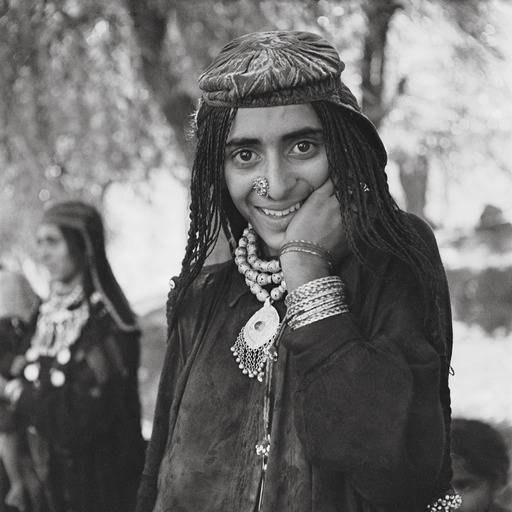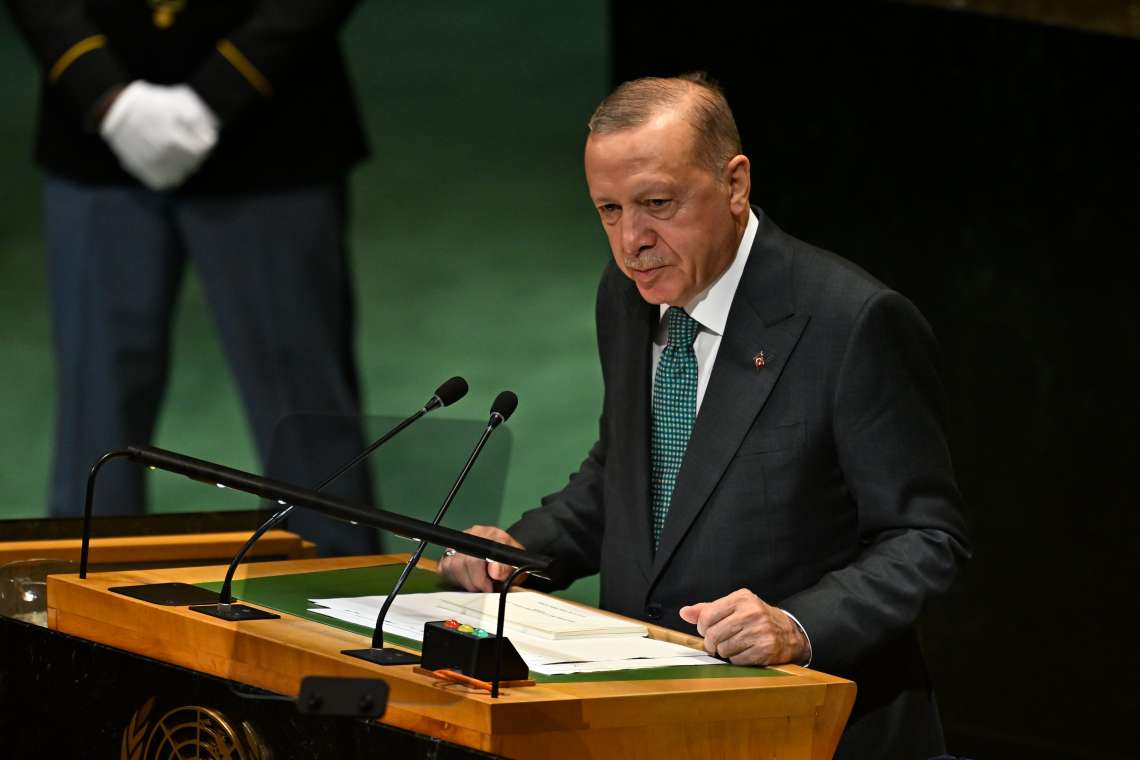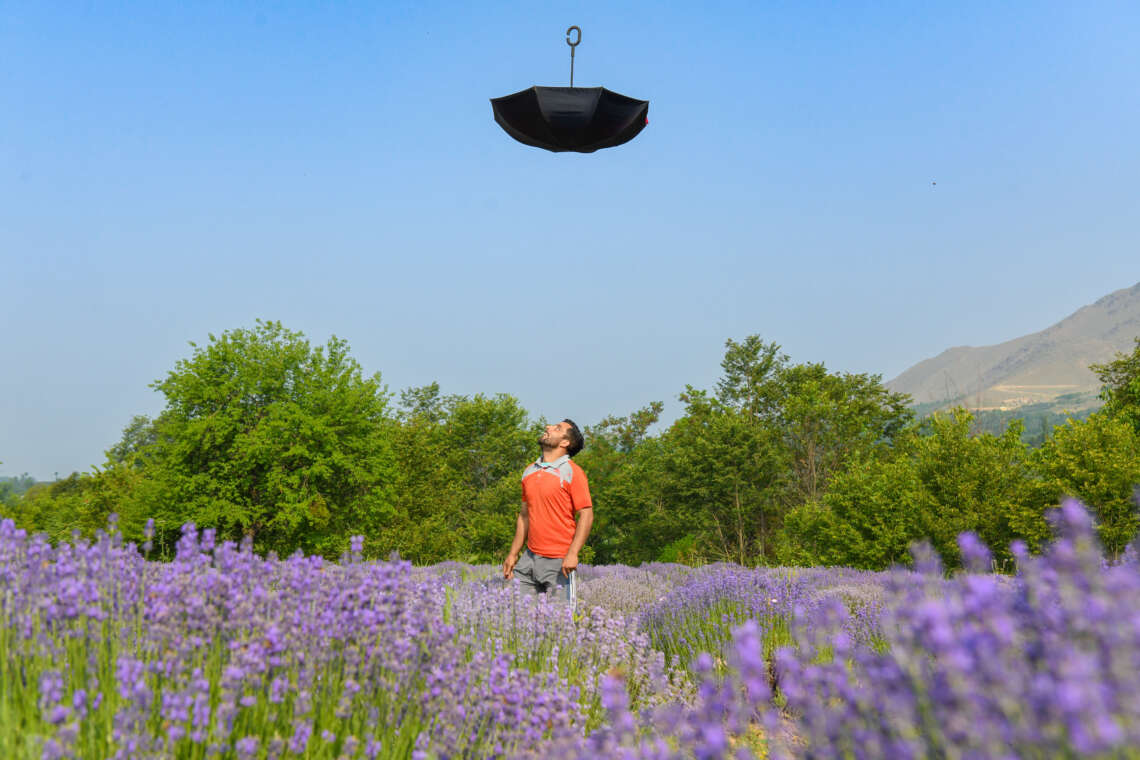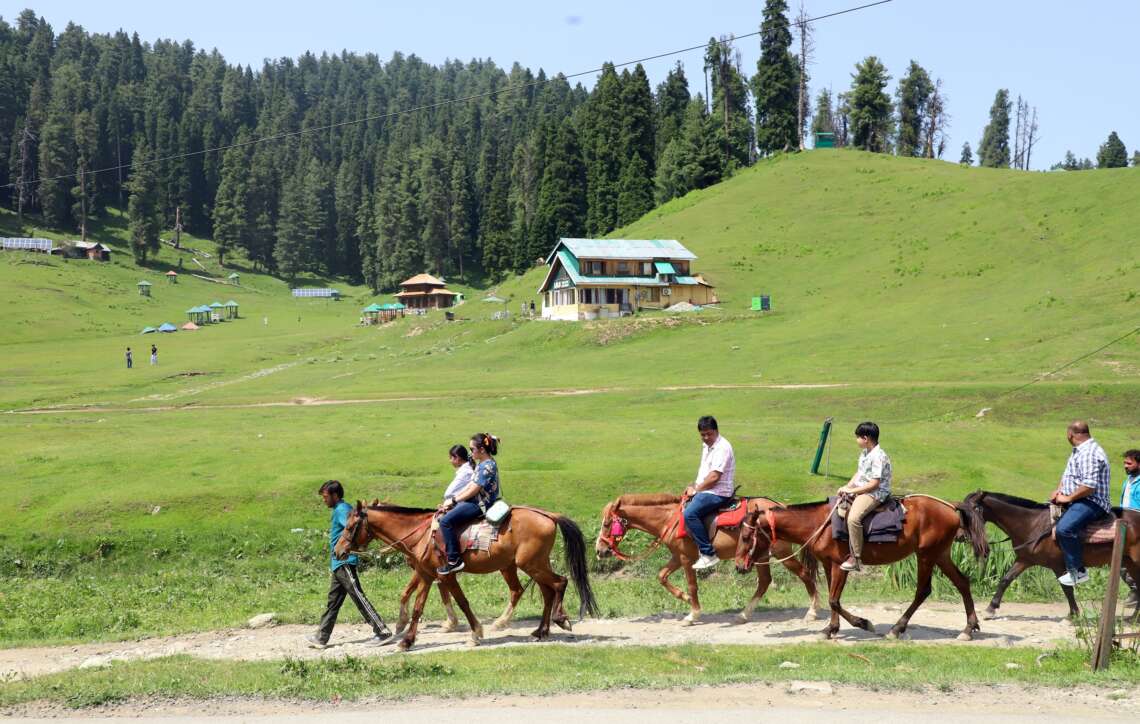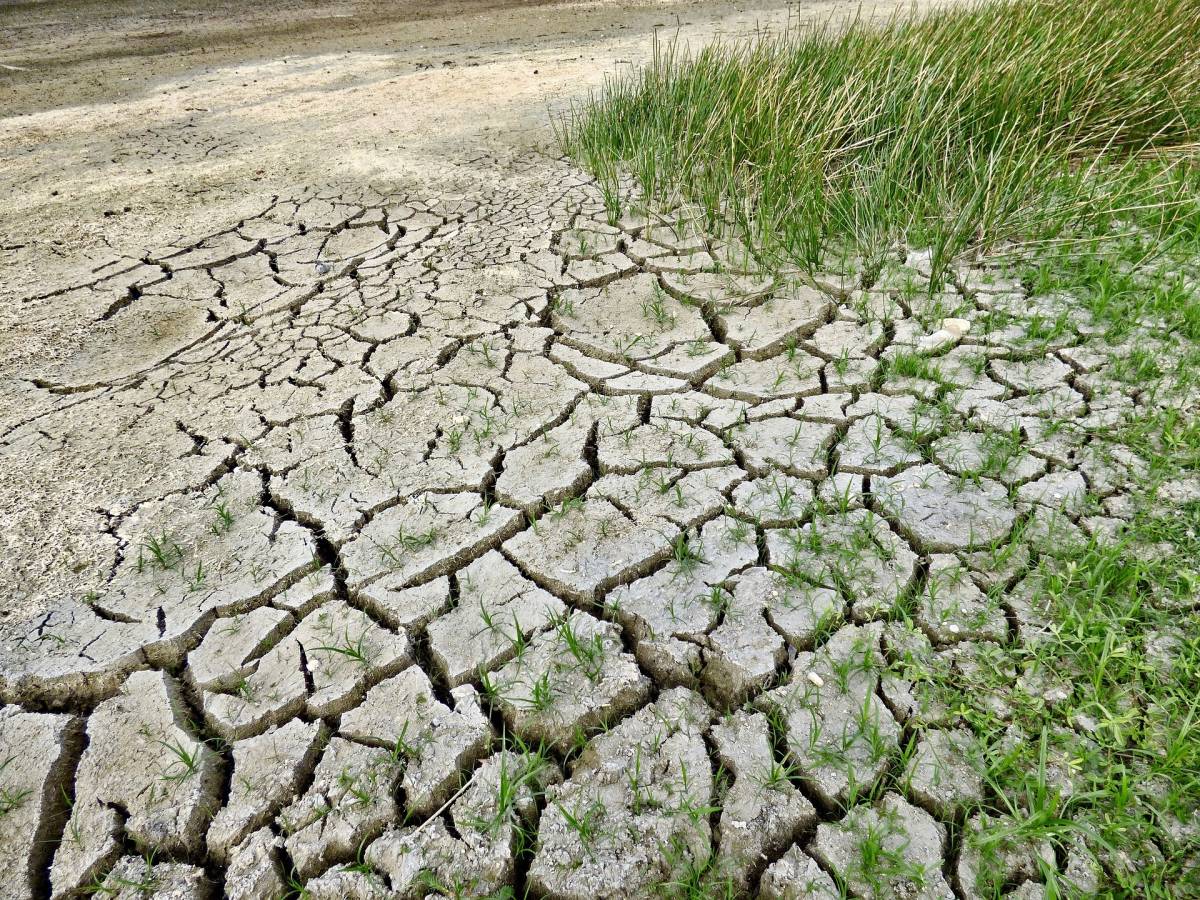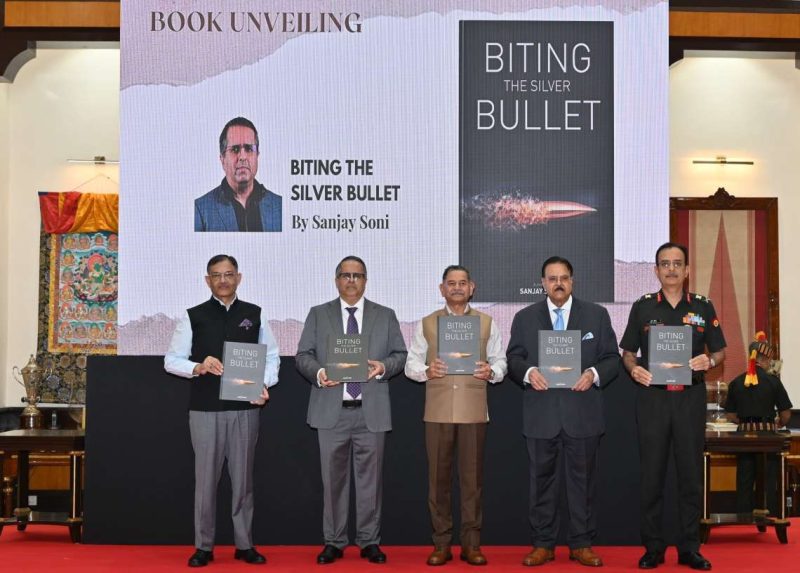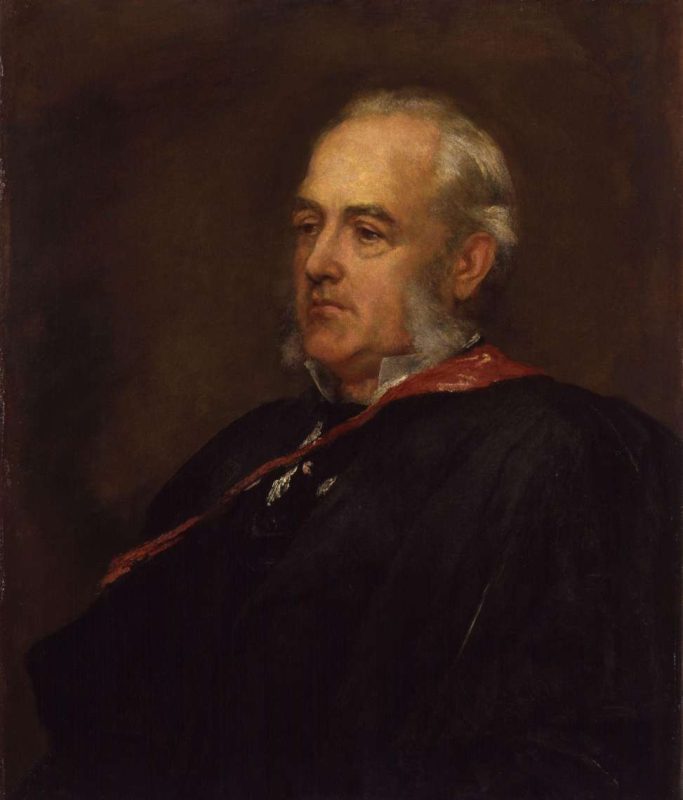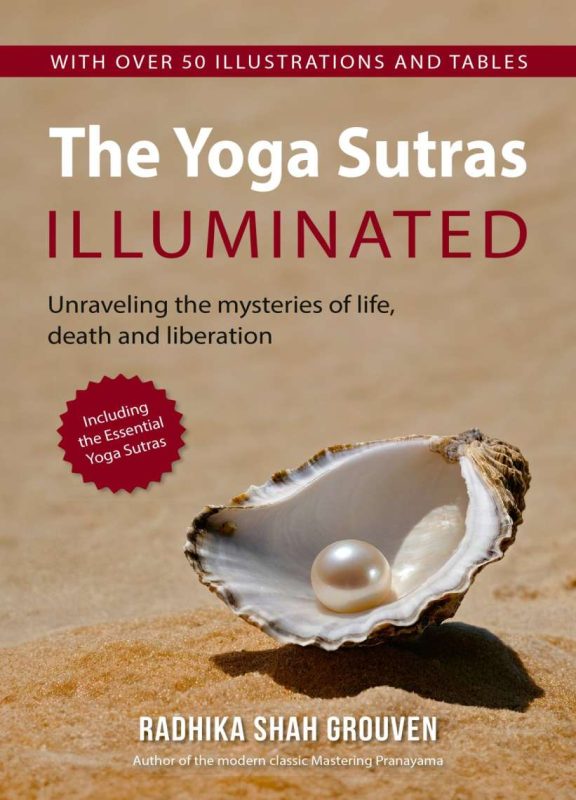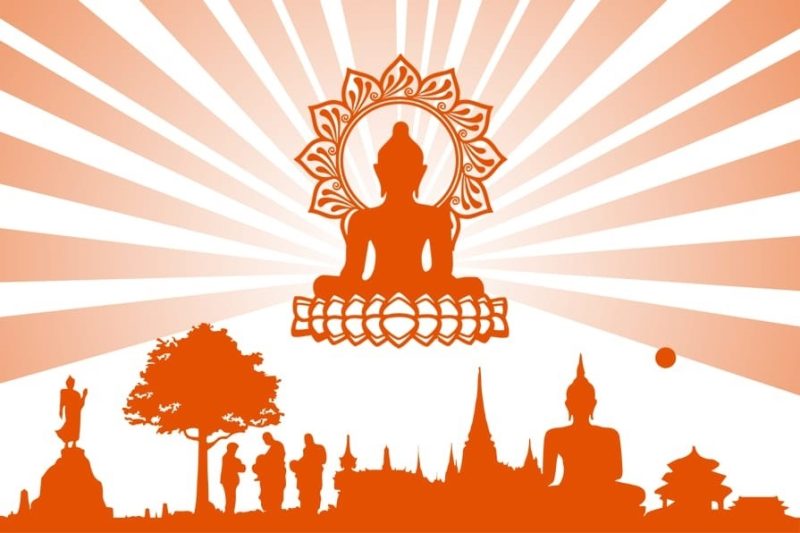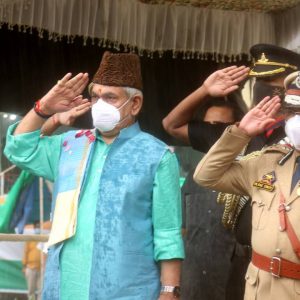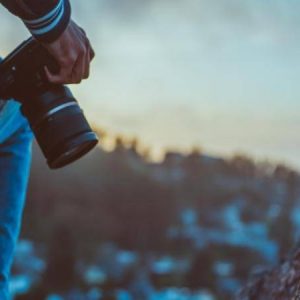Amarnath and Ram Chand had come to Kashmir from Gurdaspur (Punjab) in 1905. In 1915, they started a photo shop in a houseboat on the Jhelum River in uptown Srinagar city…reports Sheikh Qayoom
“You just can’t have enough of Kashmir”. Two brothers, Amarnath Mehta and Ram Chand Mehta, who came to Kashmir as tourists in 1915, proved the adage. Their visit was literally a homecoming as they decided to live in Kashmir since their passion for photography could just not have a better means of expression than in the mesmerising Valley, its royal grandeur, and the simplicity of its people.
For three generations, the Mehtas have believed that Kashmir is the Mecca for a photographer and photo lovers.
Amarnath and Ram Chand had come to Kashmir from Gurdaspur (Punjab) in 1905. In 1915, they started a photo shop in a houseboat on the Jhelum river in uptown Srinagar city.

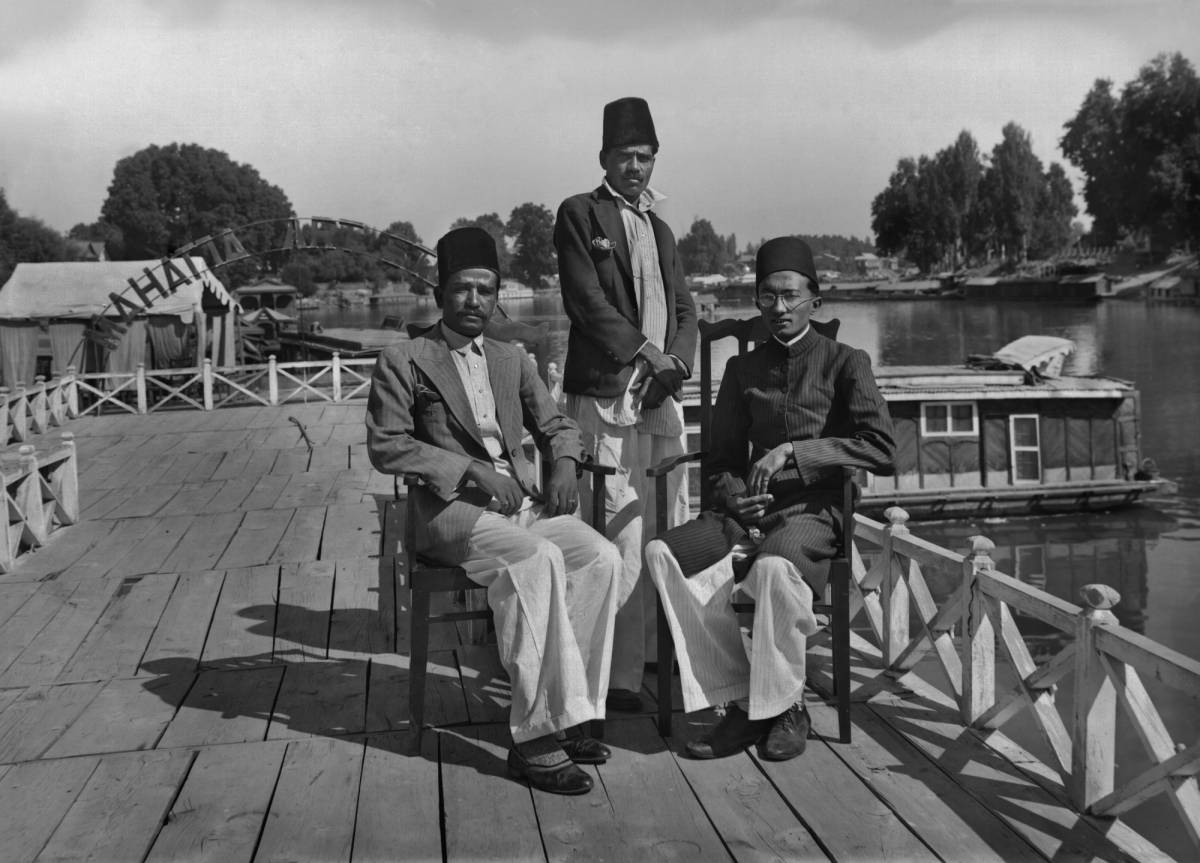
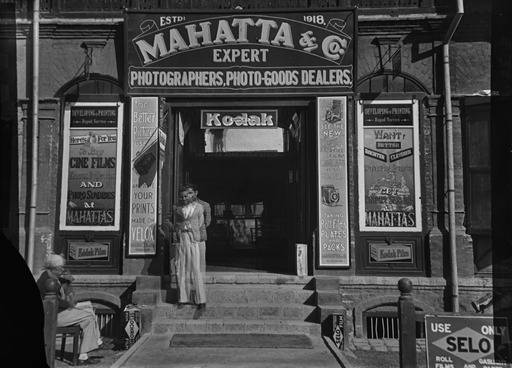
Subsequently, they shifted to a shop on the embankment of the Jhelum river, where the studio stands today as ‘Mahatta and Co’. The change of name from ‘Mehta’ to ‘Mahatta’ is a story in itself. Ghulam Muhammad Sofi, who joined the studio on February 2, 1972 said: “The name ‘Mehta’ was mispronounced by British tourists as ‘Mahatta’ and that is what finally became our brand name”. He said Ram Chand Mehta treated his staff, including Sofi like his own children.
“After his death in 1994, Jagdish Mehta took over. He would always tell us that since the elder Mehta called us his sons, so we were his brothers.”
As coincidence would have it, Ram Chand Mehta, his wife and son Jagdish all passed away on 23rd June though in different years”, Sofi recalled. His 50 years at the Mahattas have been a saga in time and photography. “On behalf of the Mahattas, I was officially engaged as the photographer for VVIP functions in Kashmir. “I have taken pictures of late Indira Gandhi, Gaini Zail Singh, Neelam Sanjiva Reddy, Sheikh Muhammad Abdullah and other senior leaders.
“Among the film stars, I have photographed Dilip Kumar, Saira Banu, Rajesh Khanna and Jagdeep during their visits to Kashmir”.
He misses the old times like a child who has lost all his toys.”Taking pictures, retouching them, processing films, marching colours etc in the studio was an art which is all vanished now. You shoot with a digital phone or camera these days and that it.”


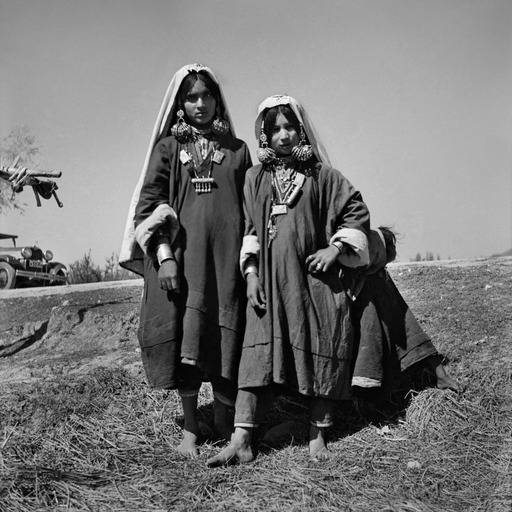
Photography has ceased to be an art it used to be earlier. The Mahattas were the first to start colour photography in Delhi and Srinagar in 1957. Except for Mumbai, these were the only two places where colour photography was available those days”, he said. For his incomplete venture, ‘Zooni’ featuring the life and times of Kashmiri Queen, Habba Khatoun, film maker, Muzaffar Ali had engaged Sofi for picking up the locales for the film. “I visited different villages with Muzaffar Ali to select the native village of Habba Khatoun. “He finally picked up a place near Harwan outside Srinagar city, but the film was never completed”, Sofi said.
The passion and business of ‘Mahattas’ knew no bounds after 1915. The studio initially became known for portraits as it was first such place to have all kinds of props and backgrounds the customers desired to have. Their business grew exponentially. They established photo studios in Lahore, Sialkot, Rawalpindi and at the Murree hill station in Pakistan.
These studios had to be closed with the country’s partition in 1947, but after that, they started a bigger photo studio at Connaught Place in Delhi which was closed just a few years back. Ram Chand Mehta’s son, Jagdish Mehta managed the studio till his death in 2016 and his wife, Anita Mehta runs the studio these days. She said, “We have spent three generations in continuing our legacy. From preservation of local art, culture, crafts, customs, heritage, tourism and politics, we have all this preserved frame by frame in our gallery”. She said the family wants to return some part of the greatness Kashmir has bestowed on them.
“For me keeping up the family tradition and legacy is a worship. My two sons work in Delhi and we have the largest photo stock agency in the World. So you understand that we have not been deterred by losses in business and other troubles which we faced like every other Kashmiri.”
Photography in its pure and traditional form has a future which cannot be taken away by anything. Technology comes as an asset and not as an enemy to the art form”, she said. Her two sons come frequently to visit their mother and take keen interest in the affairs of the studio in Srinagar. “This place is our place of worship which we can never imagine to give up”, she said while talking of the studio the family owns. “The first floor of our establishment is a work place for young, talented local photographers and artists.
“At the ground floor, we run a cafe where the young and old gather to view our photo gallery and discuss the events of the bygone days as also the impact of this grand heritage on the future of this place”, Anita said.
The photo gallery at the Mahattas is in fact a ‘who is who’ of not only Kashmir, but the entire country. There are photographers of Maharaja Hari Singh, his royal Durbar, his son and first regent of the state, Karan Singh, Jawaharlal Nehru, Indira Gandhi, Sheikh Abdullah, V.P.Singh, Atal Bihari Vajpayee and many others. These are original photographs taken by the Mahattas and none of them is a reproduction from anywhere. Similarly, they have originals photographs of the Amarnath Holy Cave taken at different points of time. The Hazratbal shrine, the Sharika Devi Temple, the shrine of Sheikh Humza Makhdoom, the shrine of Sheikh Nuruddin Wali at Chrar-e-Sharief and other Sufi shrines of Kashmir.
The photographs of snow clad mountains, rivers, springs, artisans at work like carpet weavers, shawl makers, papier machie workers, willow wicker workers, mat weavers, potters etc also dot the gallery. Different races of Kashmir, the Gujjars, Dogras, Kashmiris, Ladakhis, Dards also known as Shinas and others have been photographed in their natural settings. Since the outbreak of armed violence in early 1990s, business for the Mahattas also took a beating like everything else.
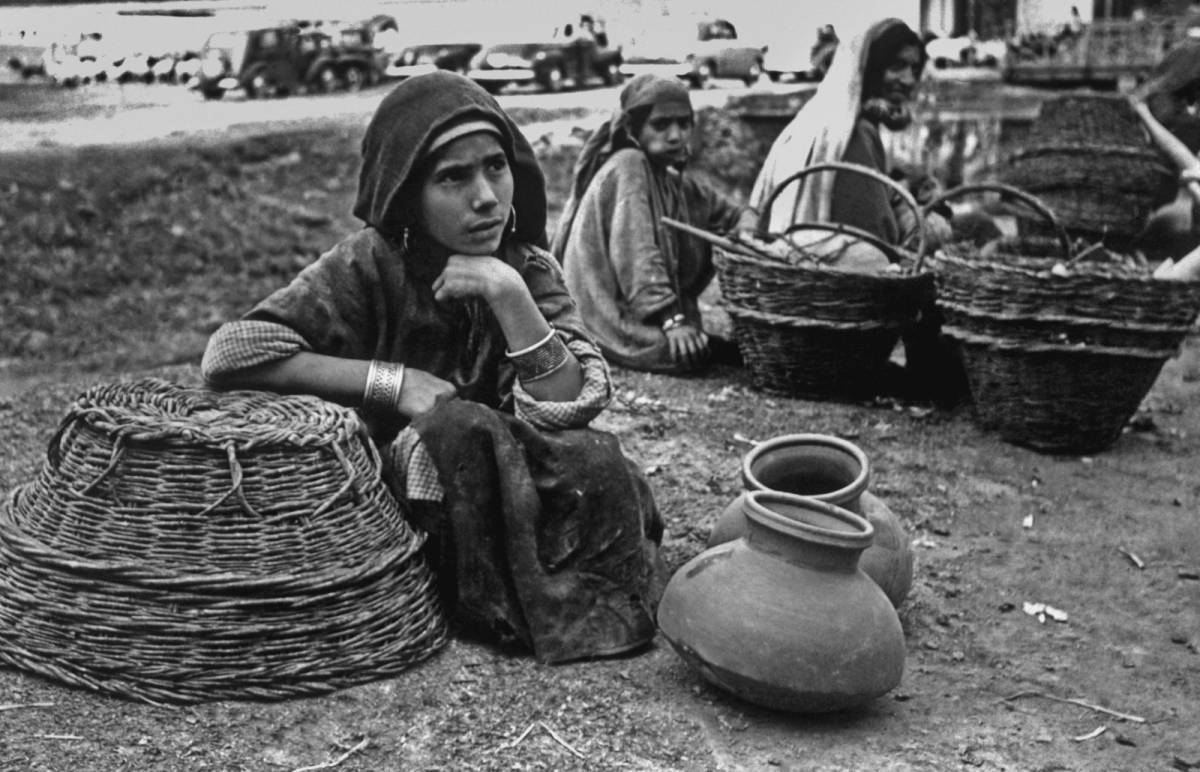

Anita’s two sons are now working in Delhi while the lady is carrying on the family legacy in Kashmir. In 2012, government of India recognised the Mahatta studio as the second oldest photo studio in the country. The Mahattas became the royal photographers of the Dogra Maharaja Hari Singh in 1930s.
“This gave us free access to the royal Durban (Court) and the palace which no other photographer had till that time”, said Ms Mehta. Visiting the Mahattas on the Bund in Srinagar is like visiting the Mecca of photography in Kashmir. Within minutes of looking at the photo gallery, one is transported into the times gone by. The glory and grandeur of Kashmir is visible, frame by frame, picture by picture at the Mahattas.
ALSO READ-Kashmiri Sufi Saint known as ‘India’s defence minister’


